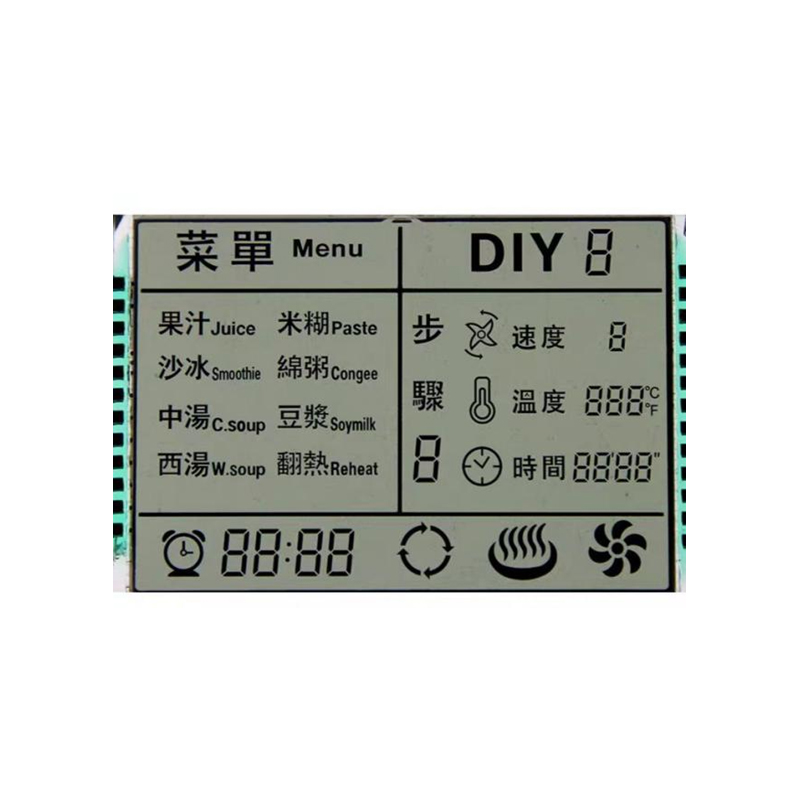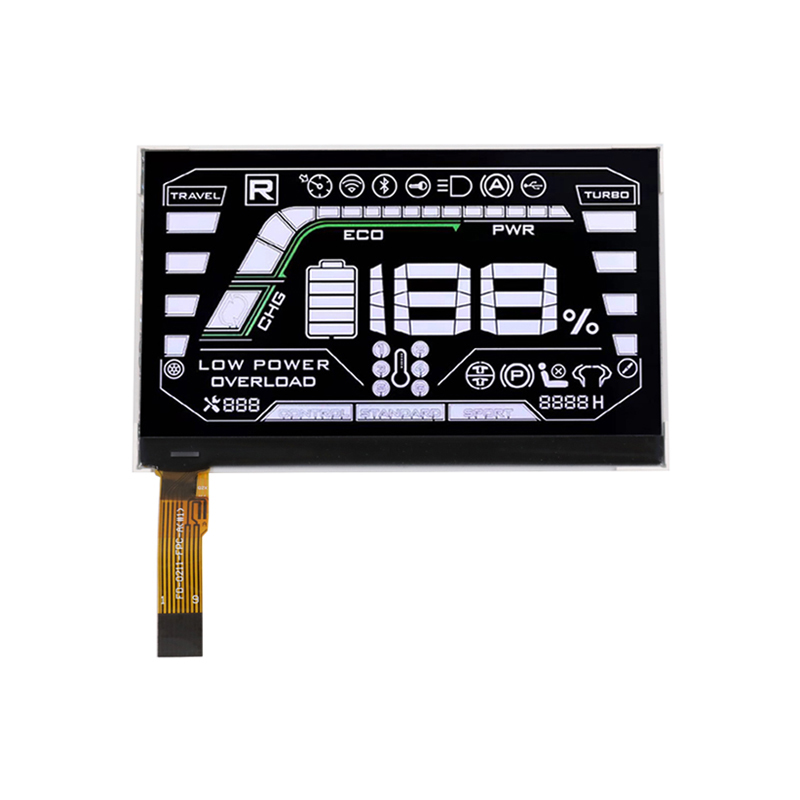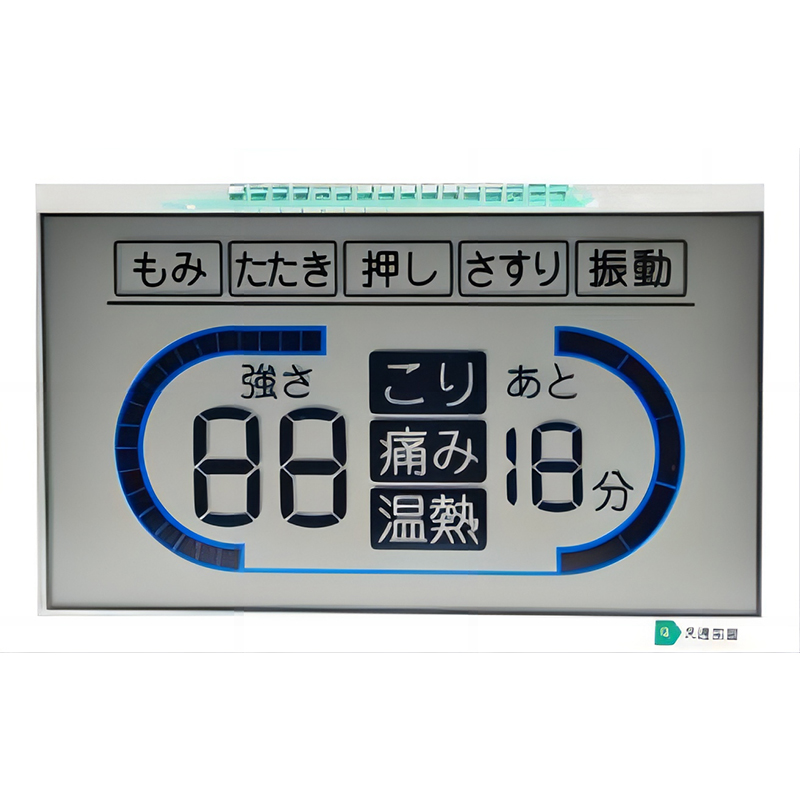
This guide provides an in-depth look at Samsung LCD technology, covering its history, types, applications, advantages, disadvantages, and future trends. We'll explore different Samsung LCD screen sizes, resolutions, and features, helping you understand how to choose the right display for your needs. We'll also touch upon the sustainability initiatives Samsung has undertaken in its LCD manufacturing.
Samsung has been a major player in the LCD market for decades. Their journey began with early advancements in liquid crystal display technology, paving the way for the high-quality screens we see today. This commitment to innovation has resulted in Samsung LCD screens becoming synonymous with vibrant colors, crisp images, and reliable performance. The company’s constant research and development in areas such as response time, brightness, and power consumption has cemented their position as a leader in the industry.
Samsung offers a wide range of Samsung LCD panels designed for various applications. These include:
Samsung produces a diverse range of LCD TVs, from budget-friendly options to high-end models with cutting-edge features like 8K resolution, HDR support, and Quantum Dot technology. Their smart TV functionality integrates seamlessly with various streaming services.
For professionals and gamers, Samsung offers a comprehensive line of Samsung LCD monitors. Features vary based on the model, often including high refresh rates, adaptive sync technologies, and excellent color accuracy for image editing and design.
Many Samsung smartphones and tablets utilize Samsung LCD displays, although increasingly, AMOLED technology is preferred for its higher contrast and deeper blacks. However, Samsung LCD screens continue to be a cost-effective and reliable choice for many mobile devices.
Like any technology, Samsung LCD screens have their strengths and weaknesses:
| Feature | Advantages | Disadvantages |
|---|---|---|
| Cost | Generally more affordable than OLED | Can be more expensive than some lower-end LCD alternatives |
| Power Consumption | Relatively low power consumption compared to some older technologies. | Higher than OLED technology. |
| Viewing Angles | Improved viewing angles compared to older LCD technologies. | Can still experience some color shift at extreme angles compared to OLED. |
Table data is based on general market observations and individual product specifications may vary.
Selecting the ideal Samsung LCD depends heavily on your specific needs and budget. Consider factors like screen size, resolution, refresh rate (for monitors), HDR support, and smart features (for TVs).
Samsung is actively working towards more sustainable manufacturing processes for its Samsung LCD products. They have implemented various initiatives aimed at reducing their environmental footprint, including energy efficiency improvements and responsible material sourcing. For detailed information, refer to Samsung's official sustainability reports. Samsung Sustainability Report
For high-quality Samsung LCD panels and other display solutions, consider exploring the offerings from Dalian Eastern Display Co., Ltd. They offer a wide selection of LCD panels for various applications.












